First Aid For An Allergic Reaction
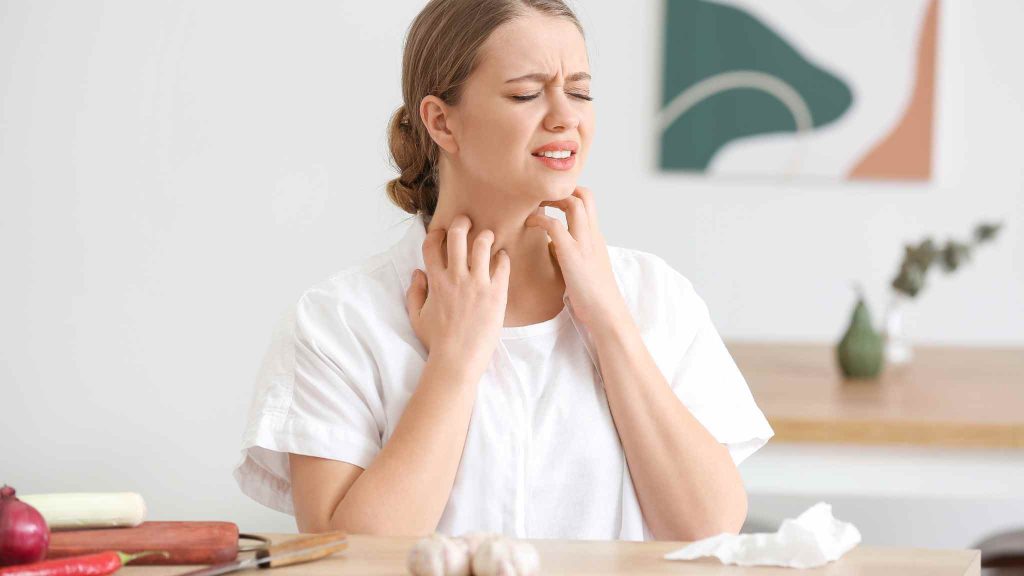
If you are having an allergic reaction, it is important to seek medical help immediately. In the meantime, there are some things you can do to try to lessen the severity of your symptoms. If you have a severe reaction and are having difficulty breathing, call emergency services immediately.
First aid for allergic reaction
Once you have called for medical help, there are a few things you can do to help ease the symptoms:
- Take an antihistamine such as Benadryl
- Apply a cold compress to the affected area
- If your eyes are swollen, try putting a cold, damp cloth over them
- If you are having trouble breathing, sit up and try to stay calm
- If you have an epipen and are experiencing severe symptoms, administer it immediately
Remember, if you are ever in doubt or feel like your symptoms are getting worse, always err on the side of caution and call emergency services.
How to treat an allergic reaction
If you have an allergic reaction, the first thing you should do is try to calm down. Allergic reactions can be scary, but it’s important to remember that they are not always life-threatening.
If your throat is swelling or you’re having trouble breathing, it csn sometimes feel like you have a lump or a stone in your throat.
If you have these symptoms it is important to seek medical attention, administer your adrenaline autoinjector immedicately and go to the nearest emergency room.
For less severe symptoms, like hives or a runny nose, over-the-counter medication like antihistamines can help but you must still watch out for signs of deterioration as anaphylaxis can still take hold.
It’s also important to figure out what caused the allergic reaction so you can avoid it in the future. If you know you’re allergic to a certain food or medication, make sure to avoid it. If you’re not sure what caused the reaction, talk to your doctor about getting allergy testing done.
What triggers an allergic reaction
An allergic reaction can be triggered by anything that the immune system perceives as a foreign invader.
This can include pollen, pet dander, dust, mold, and certain foods or medications. When these substances come into contact with the body, the immune system triggers the release of histamine in an attempt to fight off the perceived threat.
This release of histamine causes the symptoms of an allergic reaction, which can range from mild (such as a runny nose) to severe (anaphylaxis).
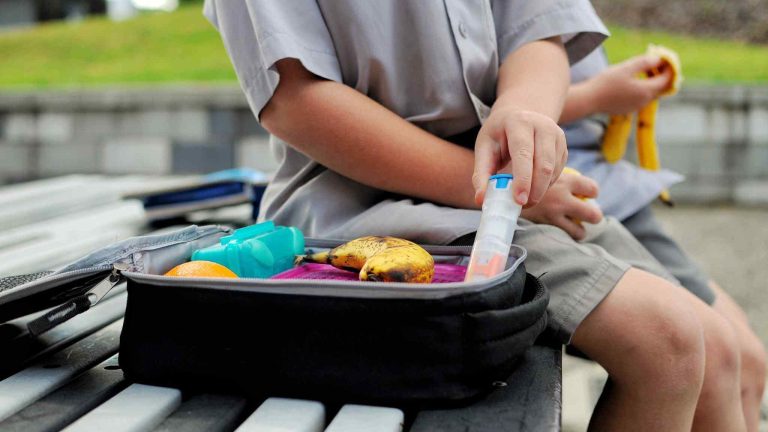
Will I need to avoid any foods?
If you have a severe allergic reaction (anaphylaxis), you may need to avoid the following foods:
- Any food that contains the allergen that caused the reaction
- Any food that has come into contact with the allergen
- Any food that contains ingredients derived from the allergen
If you are not sure what caused your allergic reaction, you should avoid all potential allergens until you can speak to a doctor or allergist.
Symptoms of an allergic reaction
If you think you or someone else is having an allergic reaction, it’s important to act quickly. Symptoms of an allergic reaction can include:
Mild to moderate symptoms
- Hives or welts
- Swelling of the lips, face or eyes
- Tingling mouth
- Abdominal pain or vomiting (this is a sign of anaphylaxis in insect allergy)
Symptoms of a severe allergic reaction (anaphylaxis)
- Swelling of the tongue or throat
- Tightness in the chest
- Wheezing
- Dizziness, lightheadedness or collapse
- Difficult or noisy breathing
- Wheeze or persistent cough
- Difficulty talking or a hoarse voice
- Pale and floppy (young children)

Causes of an allergic reaction
There are many potential causes of an allergic reaction. Some common triggers include:
- Certain foods, such as peanuts, shellfish, and eggs
- Insect stings from bees, wasps, and hornets
- Medications, such as penicillin or aspirin
- Latex
- Dust mites
- Pollen
An allergic reaction occurs when the body’s immune system overreacts to a foreign substance, or allergen. When the allergen is introduced to the body, it triggers the release of immunoglobulin E (IgE) antibodies. These antibodies attach to cells in the body that release chemicals, such as histamine. The histamine then cause the symptoms of an allergic reaction.
What is the difference between food allergy and food intolerance
There are two main types of adverse reactions to food: food allergy and food intolerance.
Food allergy is an immune response to a particular food protein. The body produces antibodies to the protein, and when the person eats the food again, they may have a range of symptoms including itching, swelling, hives or anaphylaxis.
Food intolerance is a non-immune reaction to food. It usually occurs when the person has difficulty digesting a particular type of food. Symptoms of food intolerance can include nausea, vomiting, abdominal pain and diarrhea.
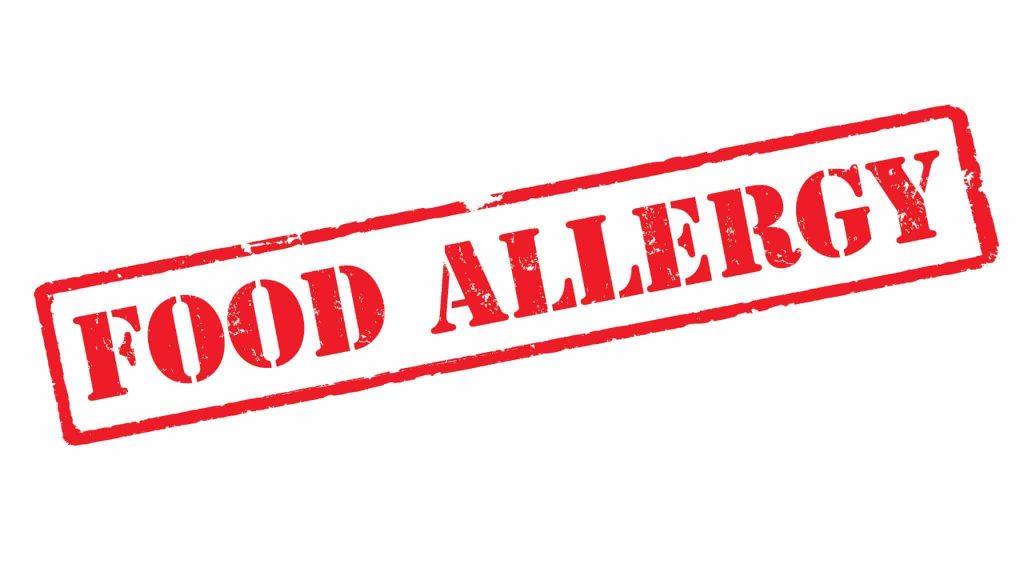
Food allergy can be life threatening but food intolerance is very difficult to manage and can be life changing but is not life threatening
Will antihistamines stop anaphylaxis?
No, antihistamines will not stop anaphylaxis. Anaphylaxis is a severe allergic reaction that can be life-threatening.
Although antihistamiine can often reduce the symptoms of an allergic reaction, it wpont stop the symptoms escalating to anaphylaxis if that was going to happen anyway.
Antihistamines work by blocking histamine, a chemical that your body releases during an allergic reaction. Histamine can cause symptoms like hives, itching and swelling. By blocking histamine, antihistamines can help to relieve these symptoms.
Some people may need more than one type of medication to treat anaphylaxis. For example, someone who is having a severe allergic reaction may need an injection of epinephrine (also known as adrenaline) in addition to antihistamines, steroids and inhalers.
Epinephrine can help to stop the reaction and ease symptoms like trouble breathing and is always the first line of treatment for symptoms of anaphylaxis.
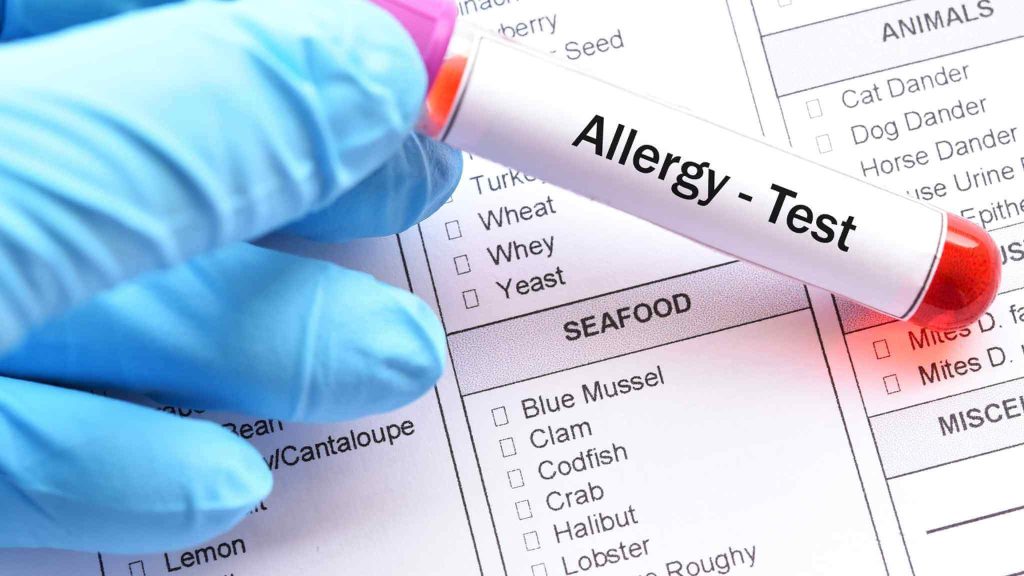
How much of a food allergen does it take to cause a reaction?
When it comes to food allergies, even a trace amount of the allergen can cause a reaction in some people. This is why it’s so important to always read labels carefully and avoid any foods that contain even a trace of the allergen.
This is why it’s so important to always read food labels carefully and avoid any foods that contain even a trace of the allergen. If you have a severe allergy, it’s also important to carry an EpiPen with you at all times in case you accidentally ingest the allergen.
Prevention of an allergic reaction
Prevention of an allergic reaction can be difficult, as many allergens are airborne and difficult to avoid.
However, there are some things you can do to reduce your risk of having an allergic reaction. If you know you are allergic to a particular substance, avoid contact with it as much as possible. If you must come into contact with the allergen, wear protective clothing and take care to avoid touching your face or eyes.
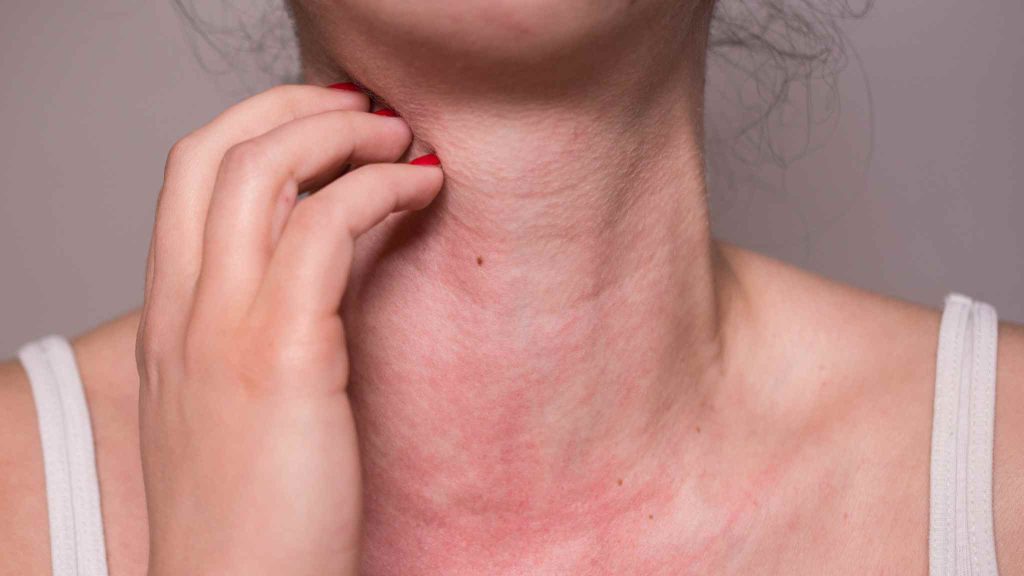
If you have severe allergies, you may want to consider carrying an adrenaline auto-injector with you at all times. This can provide lifesaving treatment in the event of a severe reaction.
You should also make sure that your family and close friends are aware of your allergy and know how to use the adrenaline auto-injector in case of an emergency.
When to see a doctor for an allergic reaction
If you experience any of the following symptoms after exposure to an allergen, you should seek medical attention with your GP:
- Hives or welts
- Swelling of the lips, face or eyes
- Tingling mouth
- Abdominal pain or vomiting (this is a sign of anaphylaxis in insect allergy)
If you experience any of the following symptoms after exposure to an allergen, you should seek medical attention via emergency services:
- Swelling of the tongue or throat
- Tightness in the chest
- Wheezing
- Dizziness, lightheadedness or collapse
- Difficult or noisy breathing
- Wheeze or persistent cough
- Difficulty talking or a hoarse voice
- Pale and floppy (young children)
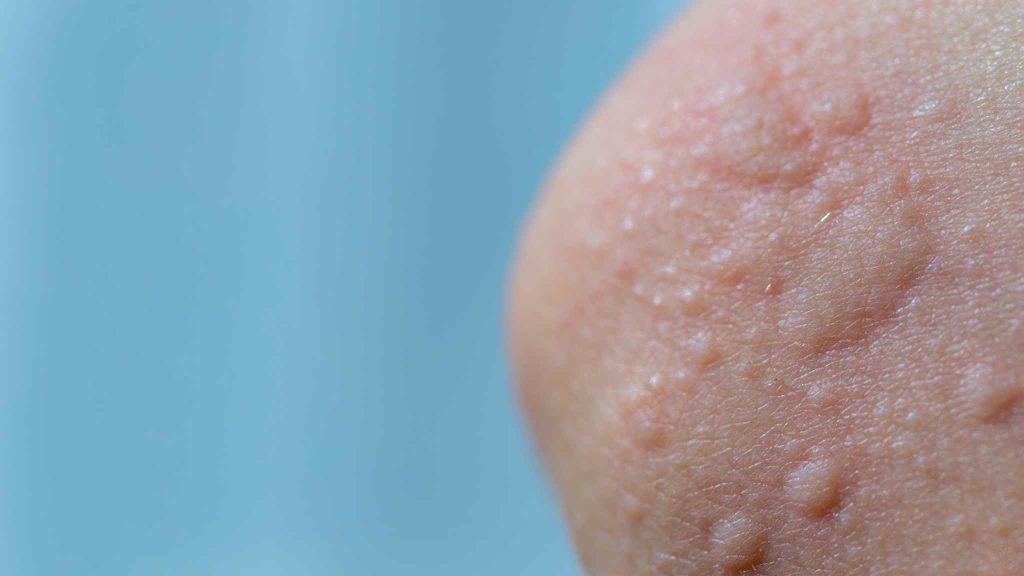
What to do if you have an allergic reaction
If you have an allergic reaction, the first thing you should do is remain calm. It’s important not to panic, as this can make the situation worse.
Next, call for medical help. If you’re with someone who can assist you, have them call an ambulance or your local emergency number.
If you have a pre-existing condition such as asthma or hay fever, make sure to use your medication as directed. If you don’t have a pre-existing condition, over-the-counter antihistamines can help to relieve symptoms, unless you have the symptoms of anaphylaxis.
In the meantime, try to avoid further exposure to whatever it is that triggered the reaction. If you’re outdoors, move away from the area where the trigger is present. If you’re indoors, remove yourself from the immediate vicinity of the trigger and try to ventilate the area. If you are eating something, stop eating and remove yourself from thr immediate scene.
Finally, if your symptoms are severe and you feel like you’re struggling to breathe, don’t hesitate to use an EpiPen if you have one and call the ambulance.
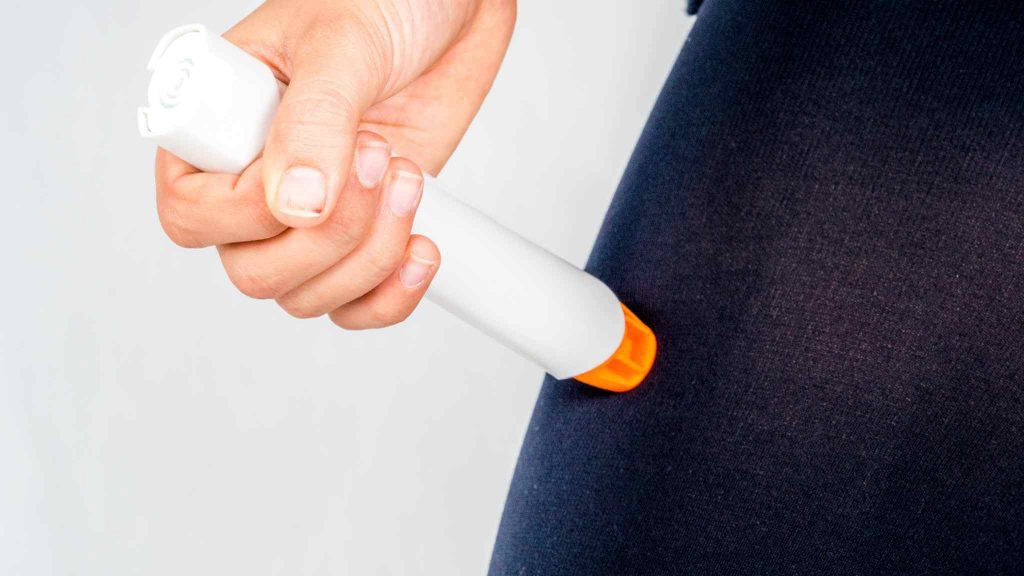
First aid for anaphylaxis
If you are with someone who is having an anaphylactic reaction, it is important to stay calm, see if they have an adrenaline auto-injector and call emergency services immediately. While waiting for emergency medical help, there are a few things you can do to help the person:
- Lay the person down flat on their back and elevate their feet about 12 inches.
- If they are wheezing or having trouble breathing, have them sit up and lean forward slightly.
- If the person is unconscious, place them in the recovery position (on their side with their head tilted back) and monitor their breathing
- Loosen any tight clothing such as a collar or belt.
- If the person has been prescribed an epinephrine auto-injector (such as an EpiPen), give it to them right away.
- Call emergency services
- Check if they have an anaphylaxis action plan
- If they have a second Epipen, and their symptoms are the same or worse after 5 minutes, administer the second one.
- If the person stops breathing at any time, commence CPR

Prevention
There are a few things you can do to prevent an allergic reaction:
- Avoid triggers. If you know what causes your allergies, try to avoid exposure to those triggers.
- Carry medication. If you have severe allergies, carry medication with you at all times in case you have a reaction.
- Wear a medical alert bracelet. If you have severe allergies, wear a bracelet that says you have allergies and what they are.
- Avoid exposure to known allergens. If you know you are allergic to a particular substance, try to avoid contact with it.
- Wear protective clothing. If you must come into contact with an allergen, wear long sleeves and pants to keep the allergen from coming into contact with your skin.
- Take care when handling food. If you are cooking for someone with a food allergy, take care to avoid cross contamination. Use separate utensils and cutting boards for different foods, and wash your hands thoroughly after handling any potential allergens.
- Keep an epinephrine auto-injector on hand. If you have severe allergies, talk to your doctor about carrying an EpiPen with you at all times.

Is there a first aid courses near me?
We run group childcare first aid courses Australia-wide. Contact us today about your first aid needs, and we will give you a quote on the same day.
If you find our course cheaper somewhere else, let us know and we will beat it by 10%!
While there are many different types of first aid courses available, choosing the one that is right for you and your workplace needs is important.
Contact us today via our website and we can organise your workplace first aid needs.

